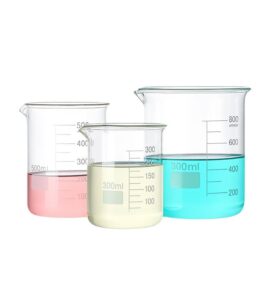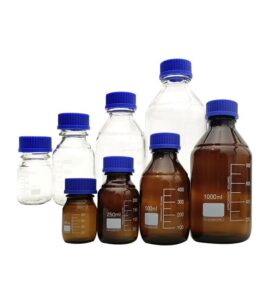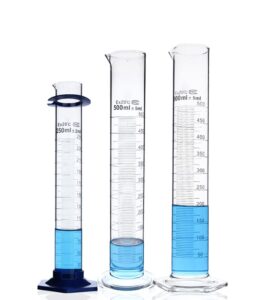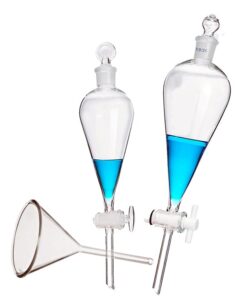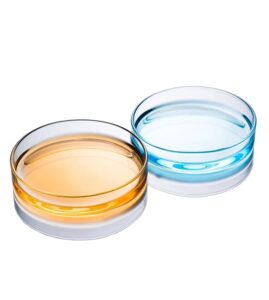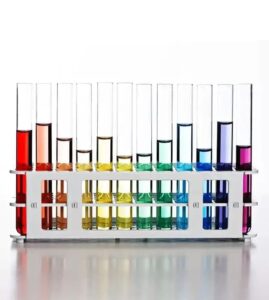Have you ever wondered about the tools scientists use in their quest for discovery? Picture a laboratory, with its array of intriguing equipment. At the heart of this scientific ensemble, you often find a simple yet versatile tool: the beaker. But what makes this humble glassware so indispensable in laboratories across the globe?
Beakers, typically made of glass or plastic, are common in laboratories for a myriad of tasks. They’re not just containers; they’re pivotal in experiments, providing a reliable means to mix, heat, cool, and react substances. Their simplicity belies their significance in scientific endeavors.
Maintaining your interest, let’s delve deeper into this world of beakers and their multifaceted roles.
The Importance of Beakers in Modern Science
Beakers, though simple, are fundamental tools in scientific research. They are a testament to the fact that sometimes, the simplest tools can be the most powerful in advancing knowledge. Their versatility and reliability make them indispensable in laboratories.

How Do Beakers Contribute to Scientific Research?
Beakers are more than just glassware; they are integral to the progress of science. They serve multiple purposes, each crucial in its own right. From mixing solutions to facilitating chemical reactions, beakers are the unsung heroes of the lab.
Here are the main uses of a beaker:
- Dilution and Mixing of Solutions: Beakers are used for diluting concentrated solutions or mixing two or more liquids together. They serve as a container that facilitates easy handling during solution mixing or dilution.
- Dissolving Solids: Beakers are used for dissolving solid substances. In experiments involving solid dissolution, the beaker acts as a container for holding both the solvent and the solid substance, and can be heated to facilitate dissolution.
- Chemical Reaction Container: Beakers can be used as containers for chemical reactions, especially those involving liquids and solids. For example, in acid-base neutralization reactions, a beaker can serve as the reaction vessel, allowing the experimenter to observe the process and results.
- Heating and Cooling: Beakers are used for heating and cooling liquids or solids. In heating experiments, experimenters can place a small amount of water at the bottom of the beaker or suspend it over a not too deep source of intense heat to prevent the beaker from breaking. Beakers are also used for cooling liquids or solids, such as in crystallization experiments where an ice water bath is used to cool the solution in the beaker.
- Liquid Transfer and Measurement: Beakers are used for transferring liquids, for example, from one bottle to another. Additionally, by comparing the weight and calibrated volume of the beaker before and after adding liquid, the volume of the test substance can be accurately calculated.
- Other Uses: Apart from these common uses, beakers can also be used in experiments such as filtration, percolation, fountains, as well as for testing air-tightness, exhaust gas absorption devices, and water bath heating.
A beaker is a very common and versatile piece of equipment in laboratories. It can be chosen and used according to different needs and types of experiments. Safety should always be prioritized when using beakers, following laboratory regulations and procedures to ensure the accuracy and reliability of experimental results. Additionally, proper cleaning and maintenance of beakers are important to avoid cross-contamination and bacterial growth.

Unveiling the Lesser-Known Uses of Beakers in Science
Beyond their well-known roles in basic chemical procedures, beakers have some lesser-known but equally fascinating applications. These uses further underscore their versatility in a range of scientific disciplines.
Role in Educational Settings
In educational laboratories, beakers are fundamental tools for teaching basic chemistry and biology concepts. They provide a safe and accessible way for students to learn about mixing solutions, observing reactions, and understanding the properties of different substances.
Use in Field Research
Beakers are not confined to the laboratory. In field research, they are used for collecting samples, whether it’s water from a stream for ecological studies or soil suspensions for geological analysis. Their durability and ease of use make them ideal for these environments.
Applications in Industrial Research
In industrial settings, beakers play a crucial role in product development and quality control. They are used for mixing ingredients, testing chemical reactions, and developing new materials, highlighting their importance beyond academic research.
Innovative Uses in Art and Culinary Fields
Interestingly, beakers have found their way into artistic and culinary realms. Artists use them for mixing paints or chemicals for photography, while chefs and bartenders use them for experimenting with flavors and creating visually appealing presentations.
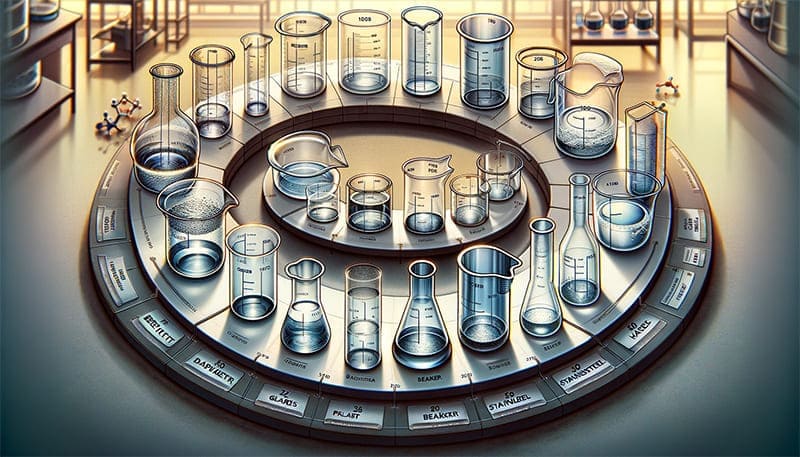
Exploring the Diversity of Beaker Styles: A Comparative Overview
Beakers come in various styles, each with its unique features and specific applications. Understanding these differences is crucial for selecting the right beaker for a particular experiment or task. To clarify their differences and uses, let’s explore five major types of beakers: Low Form Beakers (Griffin Beakers), Tall Form Beakers (Berzelius Beakers), Beakers with Handles, Conical Beakers (Philips Beakers), and Heavy-Duty Beakers.
The table includes their appearance, features, typical applications, and images for visual reference.
| Beaker Type | Image Reference | Appearance and Features | Typical Applications |
|---|---|---|---|
| Low Form Beaker (Griffin Beaker) |  | Cylindrical with a flat bottom, spout for pouring, and marked graduations. Common and versatile. | General lab use: mixing, stirring, heating. |
| Tall Form Beaker (Berzelius Beaker) | 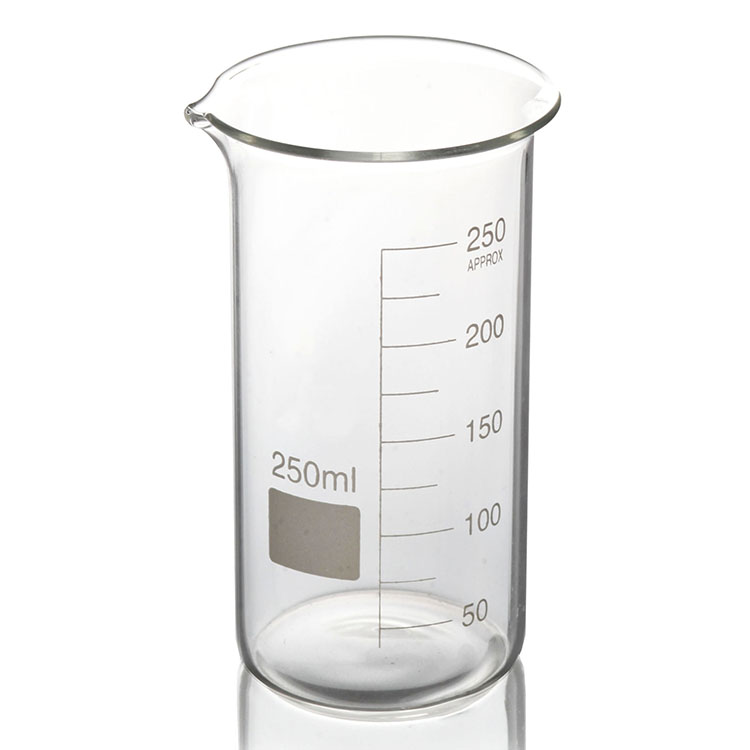 | Taller and narrower than Griffin beakers, often without graduations. Includes a spout. | Ideal for titrations and minimizing spillage. |
| Beaker With Handle | 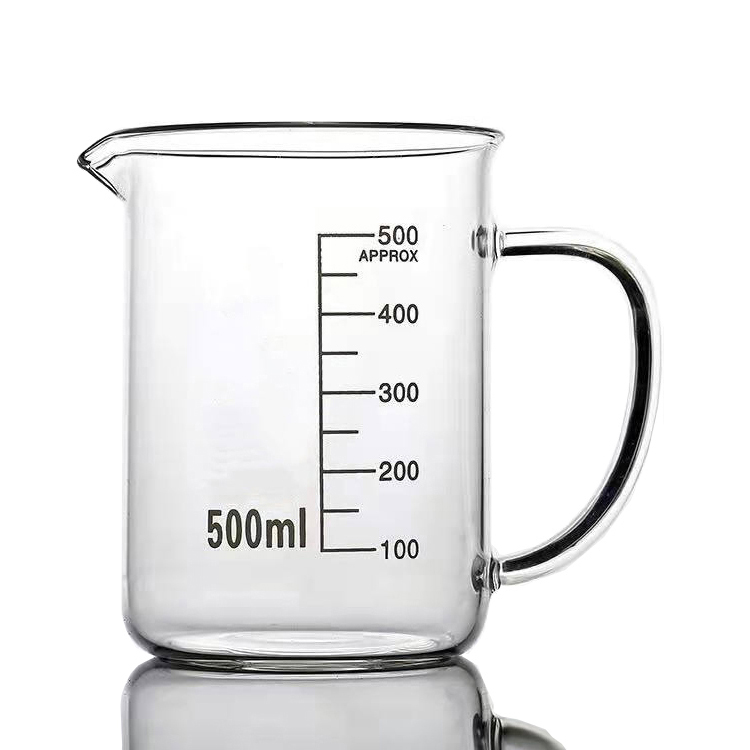 | Similar to Griffin beakers but includes a handle for safe and easy handling, especially when hot. | Useful for handling hot liquids or frequent movement. |
| Conical Beaker (Philips Beaker) | 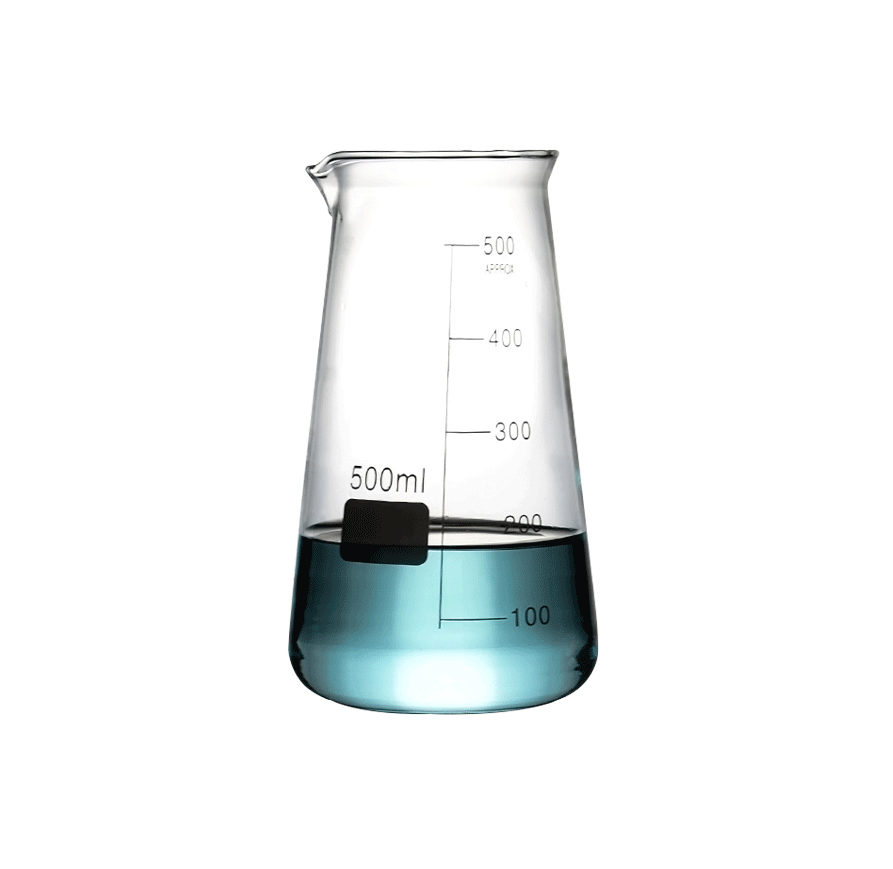 | Conical shape with a flat, ground bottom. Stable and easy to handle. | Preferred for precipitation, crystallization. |
| Heavy-Duty Beakers |  | Features thicker walls and a more robust construction. Designed for durability. | High-temperature applications, vigorous stirring. |
This table is designed to provide a clear and concise understanding of the various beaker types available for laboratory use, ensuring that the right tool is selected for each specific scientific task. Understanding the unique features and applications of each beaker type is crucial for effective and safe laboratory practices.
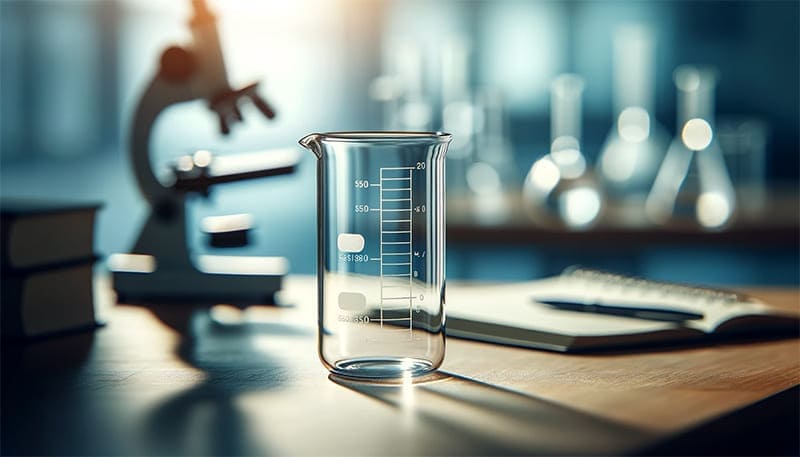
The Evolution of Beaker Design and Material
Beakers have evolved significantly over time. From simple glass designs, we now have beakers made from various materials, each serving a specific purpose.
Glass Beakers
Glass beakers are the most traditional. They offer clarity for observing reactions and are resistant to a wide range of chemicals. Borosilicate glass, known for its heat resistance, is commonly used in making these beakers.
Plastic Beakers
Plastic beakers are gaining popularity due to their durability and shatter resistance. They are ideal for use in situations where glass breakage is a concern, such as in field research or educational settings.
Stainless Steel Beakers
In addition to glass and plastic, stainless steel beakers are also a valuable asset in many laboratory settings. Known for their exceptional durability and resistance to corrosion, stainless steel beakers are ideal for handling high-temperature applications and aggressive substances. Unlike glass or plastic, they can withstand mechanical stress, such as vigorous stirring or use in ultrasonic cleaners, without the risk of breakage. Their robustness makes them a preferred choice in environments where a high degree of durability is required, such as in industrial laboratories or in processes involving high heat and harsh chemicals. While they lack the transparency of glass, stainless steel beakers offer a level of resilience and longevity unmatched by other materials, making them an essential tool for specific laboratory tasks.
Specialty Beakers
There are also specialty beakers designed for specific purposes, such as those resistant to strong acids or bases, or those designed for high-temperature applications. This specialization further extends the range of experiments and environments where beakers can be used effectively.
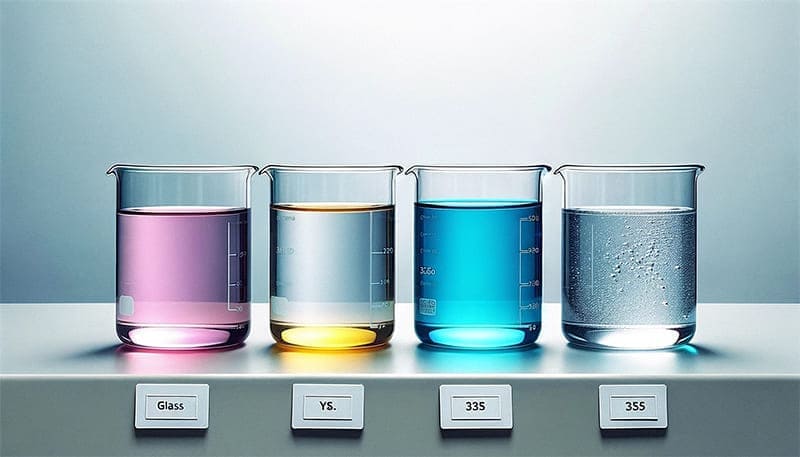
Comparing Beakers Made from Different Materials
When selecting a beaker for laboratory use, one crucial factor to consider is the material from which it is made. Beakers are crafted from a variety of materials, each offering distinct advantages and limitations depending on the intended use. This comprehensive guide compares beakers made from three common materials: glass, plastic, and stainless steel. The table below provides an all-around comparison, covering aspects such as chemical resistance, heat tolerance, durability, and typical applications.
Material-Based Comparison of Beakers
| Material | Chemical Resistance | Heat Tolerance | Durability | Transparency | Typical Applications | Advantages | Limitations |
|---|---|---|---|---|---|---|---|
| Glass | High (especially borosilicate) | Excellent for borosilicate; moderate for soda-lime glass | Fragile | Transparent | General lab use, heating, chemical reactions | Non-reactive with most chemicals; allows visual monitoring | Breakable; heavier |
| Plastic | Varies (high in PTFE, lower in polystyrene) | Low to moderate (depends on type) | High (impact-resistant) | Often translucent or opaque | Storage, fieldwork, non-reactive processes | Lightweight; unbreakable; inexpensive | Limited chemical and heat resistance |
| Stainless Steel | Very high | Very high | Very high | Opaque | High-temperature processes, mechanical stirring | Extremely durable; excellent heat tolerance | Expensive; no visual monitoring |
Understanding the Best Material Choice for Your Needs
Selecting the right material for a beaker depends on various factors including the nature of the chemicals involved, the required temperature conditions, and the need for durability or transparency. Glass beakers, particularly those made from borosilicate, are ideal for a wide range of laboratory applications due to their chemical inertness and clarity. Plastic beakers are suited for educational settings or fieldwork where breakage is a concern. Stainless steel beakers, while less common, offer unmatched durability and heat resistance for specialized applications.

Comprehensive Comparison of Beakers Made from Different Glass Materials
The choice of glass material is crucial when selecting beakers for various laboratory applications. Glass beakers are not all the same; they differ significantly in terms of composition and properties. This section provides a detailed comparison of beakers made from three common types of glass: Borosilicate, Soda-Lime, and Quartz. Each type has unique characteristics that make it suitable for specific applications. The following table offers a full-range comparison, covering aspects such as heat resistance, chemical durability, and typical uses.
Detailed Comparison of Glass Beaker Materials
| Glass Type | Heat Resistance | Chemical Durability | Mechanical Strength | Transparency | Typical Applications | Advantages | Limitations |
|---|---|---|---|---|---|---|---|
| Borosilicate | Very high | High | Moderate to high | High | High-temperature reactions, thermal shock applications | Resistant to thermal shock and chemicals | More expensive than soda-lime glass |
| Soda-Lime | Moderate | Moderate | Moderate | High | General laboratory use, educational purposes | Economical, widely available | Not suitable for rapid temperature changes |
| Quartz | Extremely high | Very high | High | High | UV light applications, precise optical requirements | Excellent thermal and chemical resistance, high optical clarity | Significantly more expensive, requires careful handling |
Making an Informed Choice for Laboratory Needs
When selecting a beaker, understanding the properties of the glass material is as important as the design of the beaker itself. Borosilicate glass beakers are the go-to choice for laboratories requiring high thermal resistance and durability against chemical wear. Soda-lime glass beakers are more common for general use where extreme conditions are not present. For specialized applications, especially those involving high temperatures or UV light, quartz glass beakers are unparalleled in performance, though at a higher cost.
In exploring the wide array of beakers available in the market, resources like Glasswaree offer a diverse selection, providing both standard and specialized beakers for different laboratory needs.

Navigating Safety and Best Practices with Beakers
While beakers are fundamental in various scientific and non-scientific applications, handling them with care and understanding best practices is crucial for safety and accuracy.
Handling and Safety Precautions
Proper handling of beakers, especially glass ones, is essential. This includes using tongs or heat-resistant gloves for hot beakers and ensuring they are placed on stable surfaces to prevent tipping. Additionally, when dealing with hazardous chemicals, using beakers in a fume hood or with proper ventilation is critical.
Cleaning and Maintenance
Regular cleaning and maintenance of beakers extend their lifespan and ensure accurate results in experiments. Residue from previous experiments can lead to contamination, so thorough cleaning is essential. This includes using appropriate cleaning agents and ensuring that beakers are completely dry before their next use.
Calibration and Accuracy
For experiments requiring precise measurements, the accuracy of beakers must be considered. While they are not as precise as volumetric glassware like pipettes or burettes, understanding their gradation limits is vital for experiments where approximate volumes are sufficient.
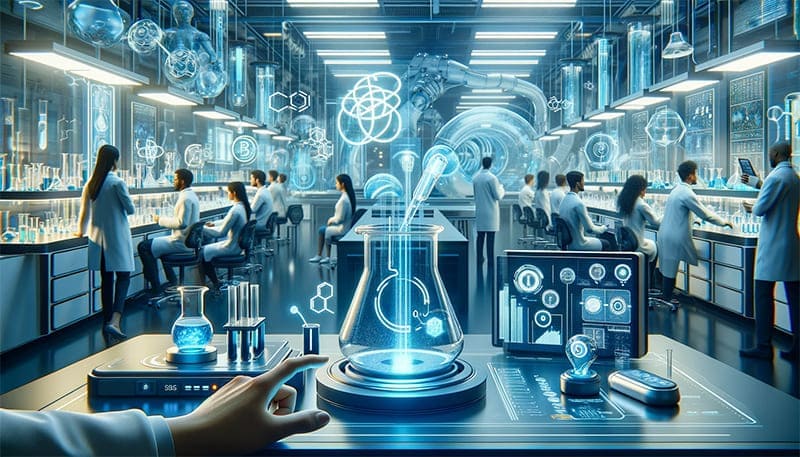
The Future of Beakers: Innovations and Advancements
The humble beaker continues to evolve with advancements in materials science and technology.
Smart Beakers
Emerging technologies are paving the way for smart beakers equipped with sensors and connectivity. These beakers can monitor temperature, pH, and other parameters in real-time, providing more data and control over experiments.
Eco-Friendly Alternatives
The push for sustainability is leading to the development of eco-friendly beakers. These are made from biodegradable materials or designed for easier recycling, reducing the environmental impact of scientific research.
Customizable Beakers
With the advent of 3D printing, customizable beakers tailored to specific experimental needs are becoming a reality. This customization can range from unique sizes and shapes to integrated features for specific types of reactions or processes.
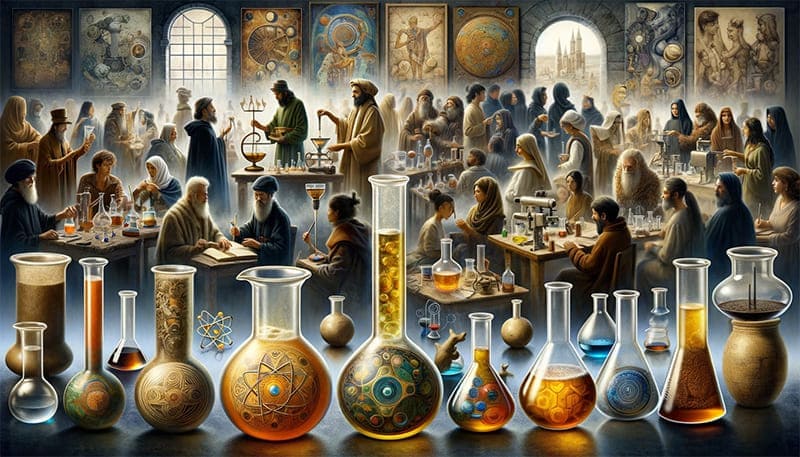
The Cultural Impact of Beakers
Beakers have transcended their scientific origins to become cultural icons. They symbolize the spirit of inquiry and are often used in media and art to represent science and experimentation. This cultural presence underscores their significance not just in science, but in society as a whole.
Conclusion
In conclusion, beakers, with their simple design and multifaceted applications, continue to be invaluable tools in scientific discovery and beyond. They are a testament to the notion that innovation doesn’t always come from complex technology but often from the fundamental tools that have been part of our exploratory journey for years. As we move forward, the humble beaker will undoubtedly continue to evolve, finding new roles and significance in a changing world, symbolizing the enduring power of curiosity and exploration.


